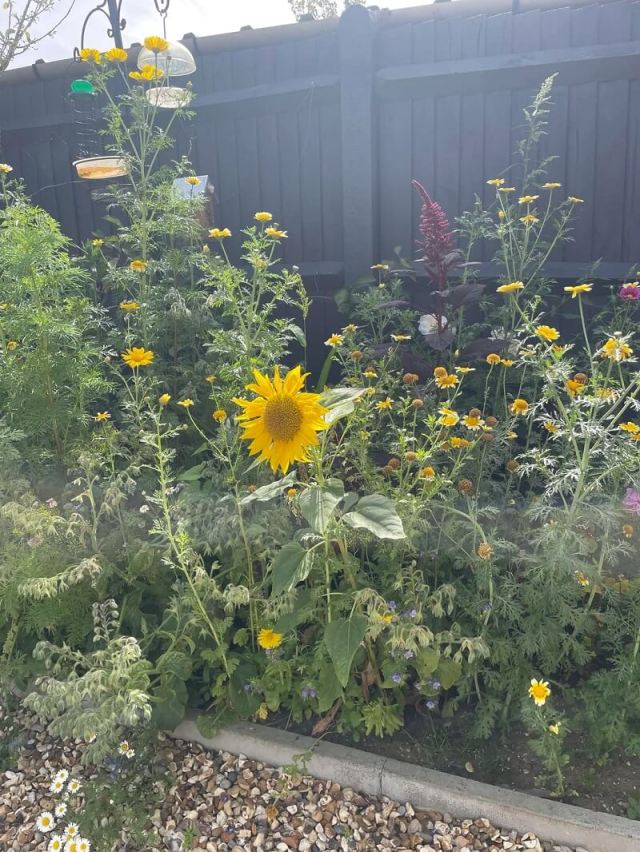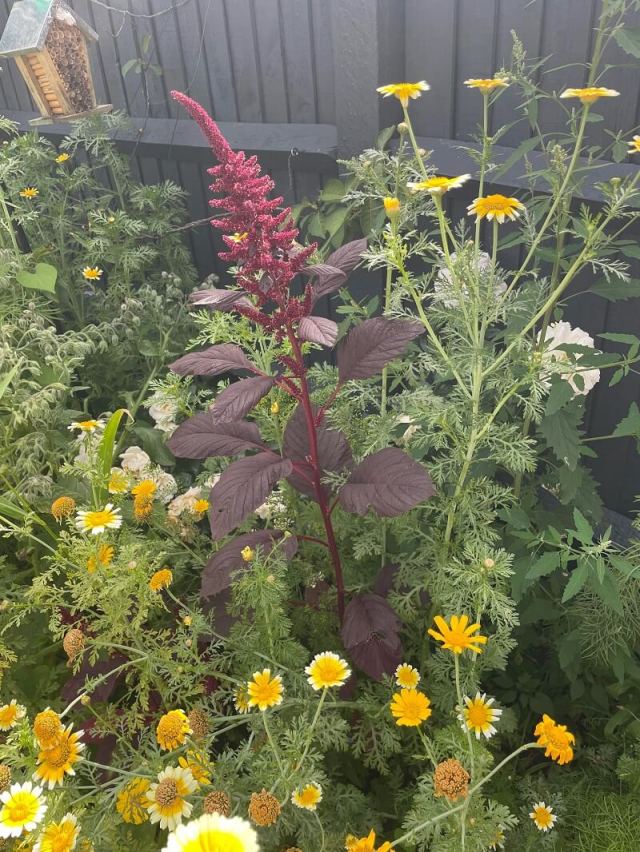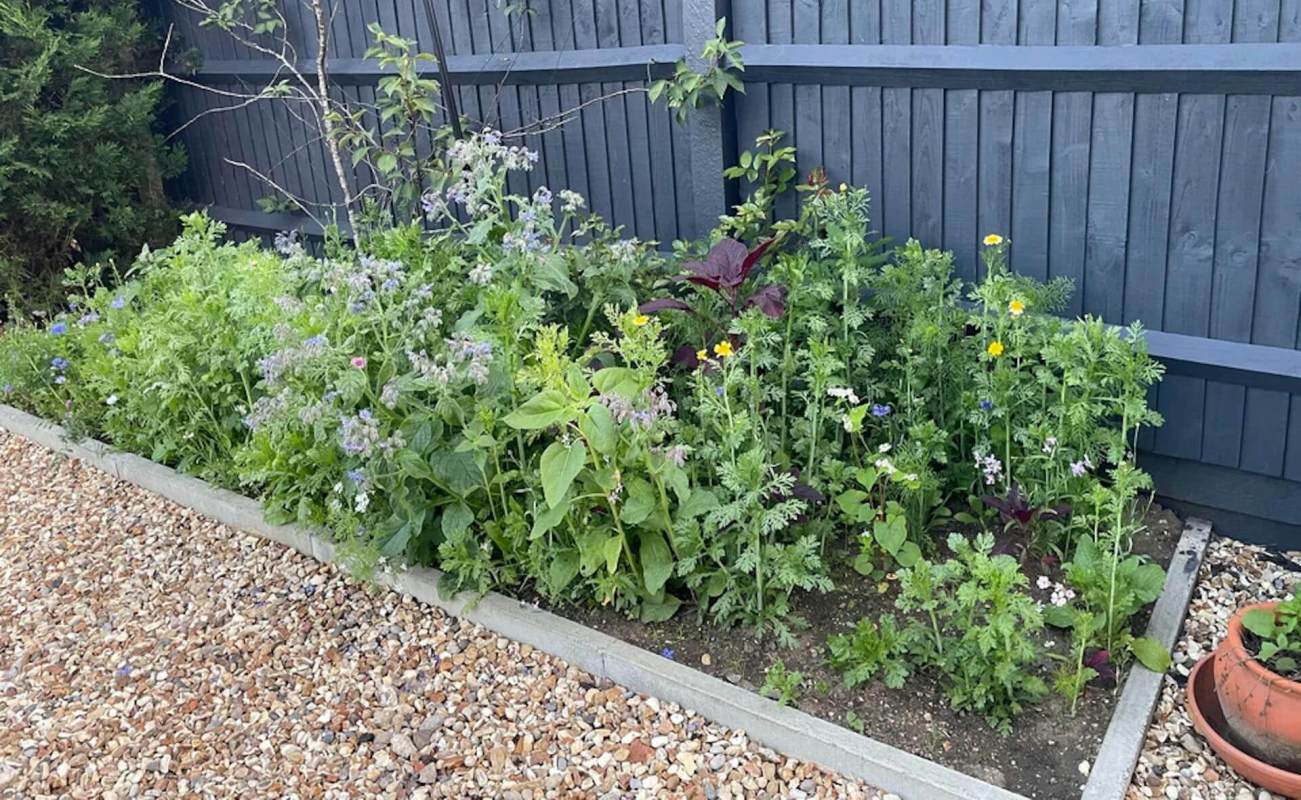A home gardener on the subreddit r/GardenWild showcased their thriving yard of wildflowers, pointing out how easily these native plants flourished.
They had posted previously, writing, "Not much of a green thumb but I absolutely love this little section of wildflowers we planted a few months ago." In their update, only two weeks later, the flowers had grown substantially, bursting forth with a spray of bright colors.


Fellow gardeners were enthusiastic about the progress. "Beautiful! My kind of garden!" one person commented. "Your garden looks beautiful," another agreed.
Other gardeners jumped in with similar success stories. "I always have at the very least, a section I just throw seeds into and give it water, a bit of pruning or transplanting, but mostly just let it go and enjoy," one person commented.
If that sounds ridiculously easy, it's because it is: Native plants, as opposed to non-native grasses, are the species most likely to thrive in their local ecosystem. Because of that, gardeners who choose native plants start with an advantage. Not only is it easy to switch a lawn away from grass, but doing so also comes with a plethora of benefits.
Traditional grass is notorious for soaking up water, but switching to a natural lawn — like this one of wildflowers — helps homeowners save significantly on their water bills. With most homes using about 30% of their water on lawns, reducing (or eliminating) the need to water grass will drastically reduce a home's monthly water bill.
Grass also requires more harsh chemical herbicides than natural lawns, and these herbicides are incredibly harmful to the human and animal residents of an ecosystem. So not only are natural lawns beautiful, but they're safer too.
Finally, natural lawns are much friendlier for pollinators — and healthy pollinators are the foundation of our food systems. Pollinators are responsible for sustaining 75% to 95% of the world's flowering plants, adding $217 billion to the global economy. "The amount of bees we've seen has been really inspiring," the gardener wrote.
Even better, there are numerous methods of rewilding your yard, from the simple to the creative. There are affordable, beautiful alternatives to grass, from moss to clover, wood chips, and xeriscaping, the umbrella term for irrigation-free landscaping. And of course, there are wildflowers such as the ones in this post.
"Looks like a cozy little natural environment," someone said.
Join our free newsletter for easy tips to save more, waste less, and help yourself while helping the planet.









